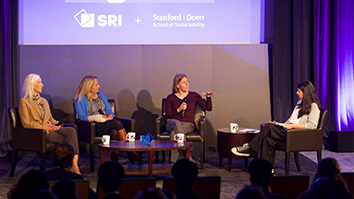Citation
Cohen, P. R., & Levesque, H. J. (1991). Teamwork. Nous, 25(4), 487-512.
Abstract
What is involved when a group of agents decide to do something together. Joint action by a team appears to involve more than just the union of simultaneous individual actions, even when those actions are coordinated. We would not say that there is any teamwork involved in ordinary automobile traffic, even though the drivers act simultaneously and are coordinated (one hopes) by the traffic signs and rules of the road. But when a group of drivers decide to do something together, such as driving somewhere as a convoy, it appears that the group acts more like a single agent with beliefs, goals, and intentions of its own, over and above the individual ones.
But given that actions are performed by individuals, and that it is individuals who ultimately have the beliefs and goals that engender action, what motivates agents to form teams and act together? In some cases, the answer is obviously the inherent value in doing something together, such as playing tennis, performing a duet, or dancing. These are examples of activities that simply cannot be performed alone. But in many cases, team activity is only one way among many of achieving the goals of the individuals. What benefits do agents expect to derive from their participation in a group effort?
In this paper, we attempt to provide an answer to these questions. In particular, we argue that a joint activity is one that is performed by individuals sharing certain specific mental properties. We show how these properties affect and are affected by properties of the participants. Regarding the benefits of teamwork, we show that in return for the overhead involved in participating in a joint activity, an agent expects to be able to share the load in achieving a goal in a way that is robust against certain possible failures and misunderstandings.


